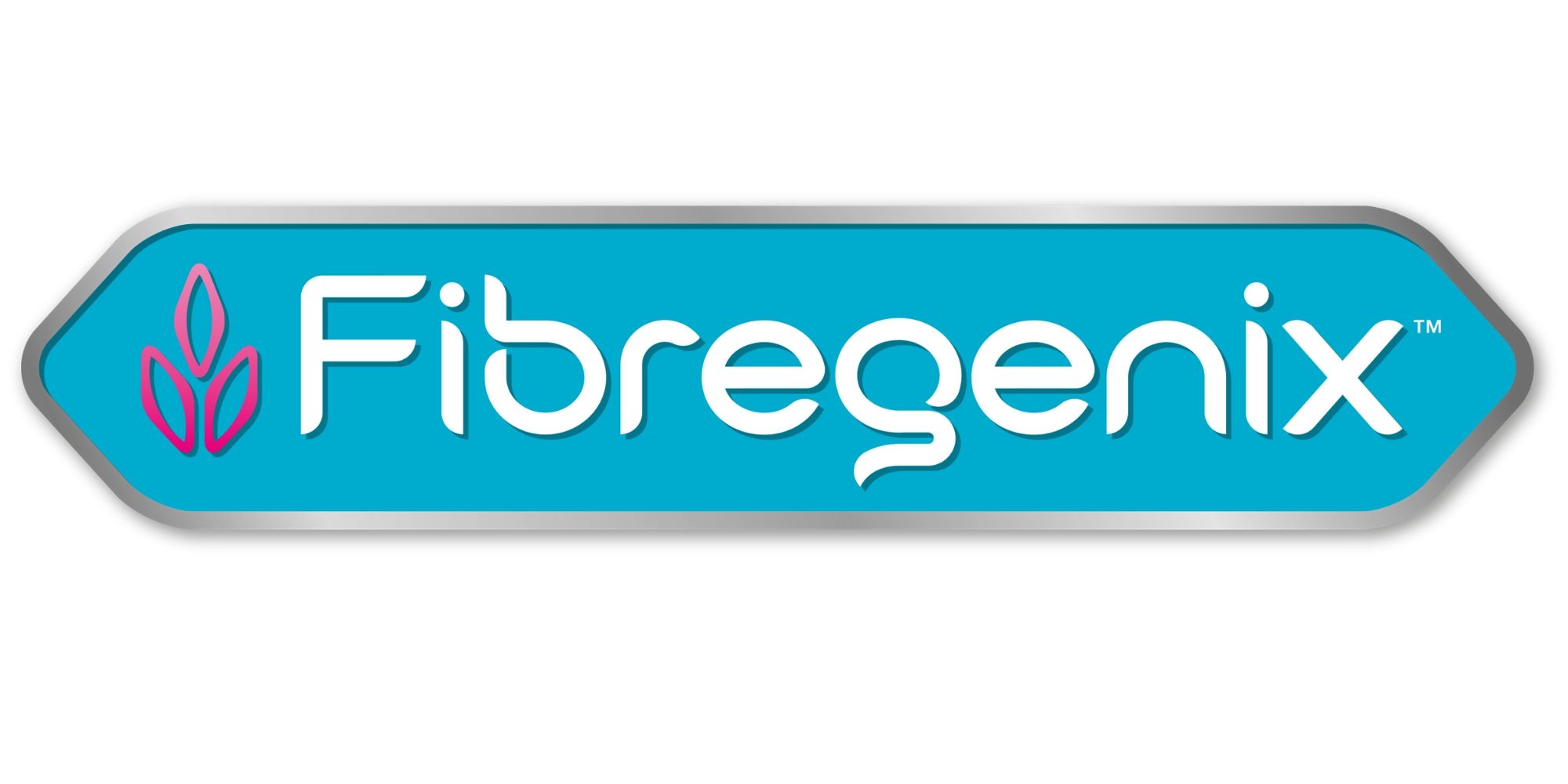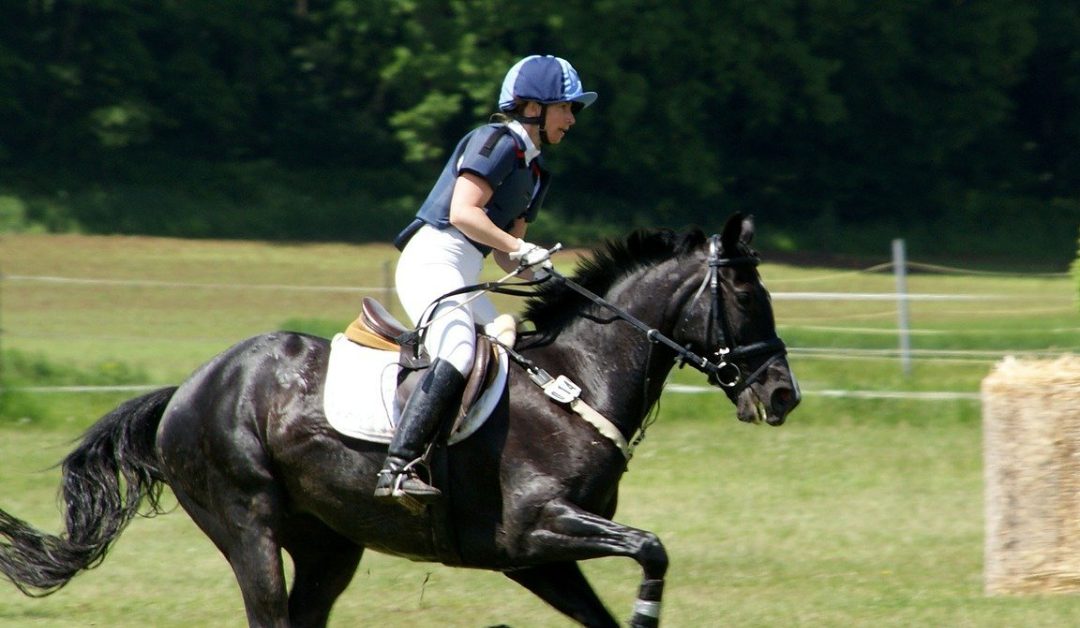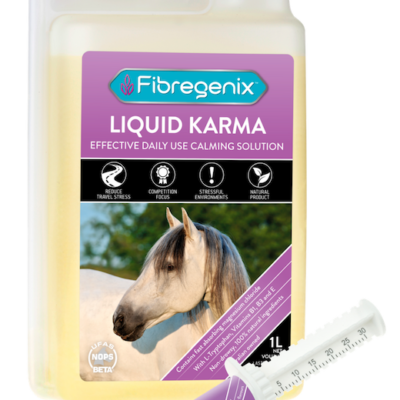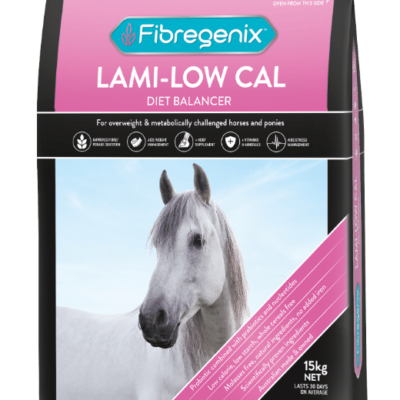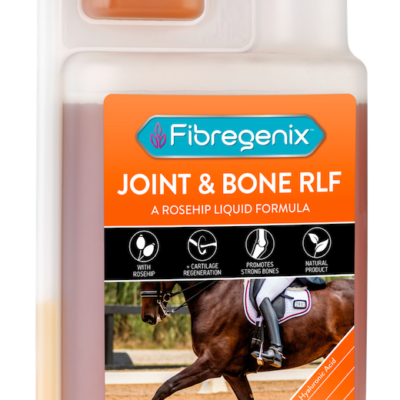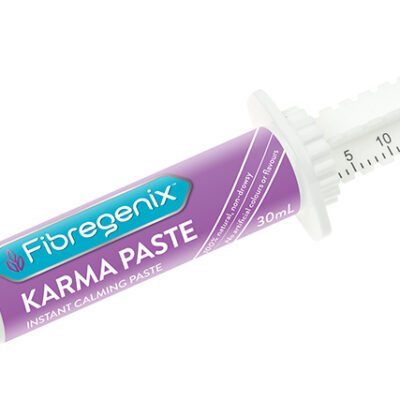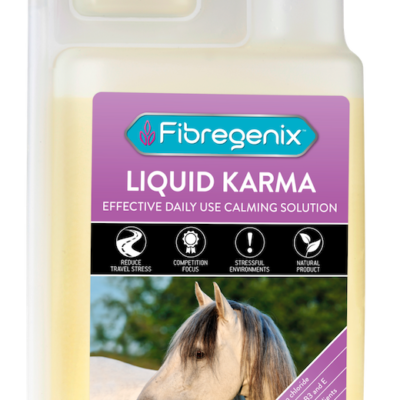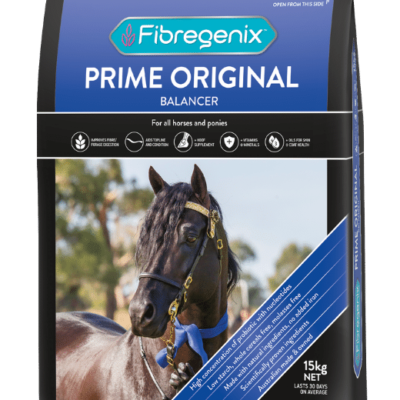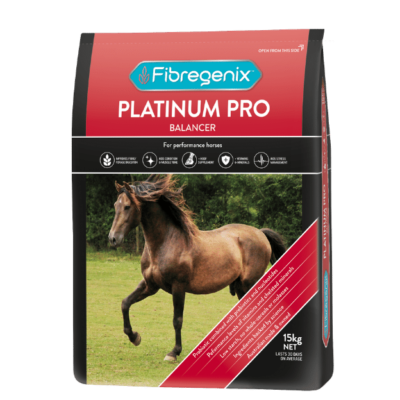RER, PSSM, Azoturia, Monday Morning disease, Set-fast…
So what exactly is tying up in horses? These muscle problems have previously had a variety of different names which have described the symptoms rather than the disease. However, advances in research have resulted in a better understanding of the disorders and more appropriate names have been introduced. Two distinct disease processes have been identified. Each one seeming to be prevalent in certain breeds, suggesting that a genetic factor is likely to be involved. Furthermore, it might be worth checking what you’re feeding…
Trigger Factors for Tying Up in Horses
One of the questions that frustrates owners of horses that suffer with tying up is why does it happen one day and not the next? Often, there’s no obvious reason why the problem occurred on any given day. However in some cases it can be that a number of trigger factors all coincided sufficiently to tip the balance. Possible trigger factors include
- not reducing the feed prior to a day off,
- not warming-up or cooling down properly,
- high starch diets,
- dehydration/fatigue
- viral infections.
On their own, the horse can often tolerate one or other of these factors but when several combine, problems can occur.
Symptoms of Tying Up in Horses
The degree of severity of the symptoms of tying up in horses can vary enormously. A horse may appear slightly stiff but is still able to work to some degree. Alternatively, it could be a complete seizing of the muscles so that the horse can’t move. If the symptoms are only very slight then it’s very difficult to diagnose the problem as there could be several other causes. When seeking advice from a vet or nutritionist it’s very important you give details of when the problem occurred. For example, was it before, during or after the horse had worked? You will also need to provide details about the horse’s regime that day to enable them to advise you on a suitable diet.
DIET SUGGESTIONS FOR TYING UP IN HORSES
POLYSACCHARIDE STORAGE MYOPATHY (PSSM)
- Quarter horses, Warmbloods and draught horses are most commonly affected
- Typically, quiet laid back animals but with no gender bias
- Prevents normal metabolism of glycogen which is how the horse stores starch and sugars in his muscles
PSSM
- Eliminate cereal grains and molasses from the diet
- Use oil and fibre as energy sources according to the horse’s bodyweight and workload
- Provide a balance of vitamins, minerals and protein
How to achieve this:
Step 1 – Feed plenty of forage – Forage should form the basis of all horse’s diets but is particularly important in horses that can’t tolerate large amounts of grain. Select as good a forage as possible as this will provide more energy and nutrients which will help to meet the horses overall requirements.
Step 2 – Select a balancer – Fibregenix Lami Low-Cal for horses in light to moderate work or Fibregenix Platinum Pro for horses and ponies in moderate to hard work. These will provide the nutrients required to maintain health and condition and for work.
Step 3 – Add oil or highly digestible fibre – A high oil supplement can be fed alongside a balancer and provides a concentrated source of slow-release calories. Sources of highly digestible fibre, eg beet pulp, are also useful.
(RECURRENT) EXERTIONAL RHABDOMYOLYSIS (RER/ERS)
- Thoroughbreds and Standardbreds most commonly affected
- Excitable, highly-strung increases risk, with fillies more prone
- A stress-related disorder involving disruption of normal muscle calcium regulation
RER/ERS
- Reduce the starch content of the diet
- Ensure that any cereals in the diet have been cooked
- Ensure the diet is balanced
How to achieve this:
Step 1 – Choose a feed with as low a starch content as possible – Feeds which contain high levels of digestible fibre and oil, as energy sources. These will be lower in starch than those which are primarily cereal-based. Generally, pellets/cubes will also have a lower starch content than a mix with an equivalent Digestible Energy content.
Step 2 – Check that the feed used is appropriate for the type and level of work the horse is doing and fed at recommended levels to ensure a fully balanced diet – Feeds are formulated to be fed at certain levels. However, using the wrong one or feeding less than recommended can mean that the horse isn’t receiving sufficient nutrients. Unfortunately, increasing the feed can result in over-exuberant behaviour or weight gain. Therefore a good alternative is to add a Fibregenix balancer to provide nutrients without energy.
Step 3 – Add an electrolyte supplement – ERS is most common in horses in hard, fast work and so an electrolyte supplement is vital to replace salts lost in sweat.
Management Tips for Tying Up in Horses
- Warm up and cool down the horse thoroughly
- Do not confine the horse to the stable for long periods
- An episode of ERS often seems to occur after the horse has suffered with a virus. If you suspect your horse has a virus then reduce the workload, particularly if the horse has had RER/ERS before.
Electrolytes
Electrolytes are minerals that, when in solution, dissociate and have electrical charges. The concentrations of electrolytes affect the movement of body fluids between cells. Most of the sodium, chloride and much of the water, lost in sweat comes from the extracellular fluid. This fluid consists of the plasma portion of blood and the interstitial fluid which surrounds the cells in the body. Most of the potassium and some of the water comes from the intracellular fluid (water inside the cells).
The most effective way to re-hydrate a horse is to supply water and electrolytes. This is more effective than either on their own. Ideally, electrolytes should therefore be added to the water. However, if this puts the horse off drinking, add them to the feed but make it wet and slushy.
Take home message:
Follow appropriate management procedures and nutrition for tying up in horses. This will help reduce the likelihood or frequency of episodes even for those with an underlying genetic susceptibility.
Reviewed and republished April 2021
